- Category
- War in Ukraine
Russia’s Ruthless Tactic of Bombing Ukraine at Its Most Vulnerable Moments for Maximum Psychological Damage
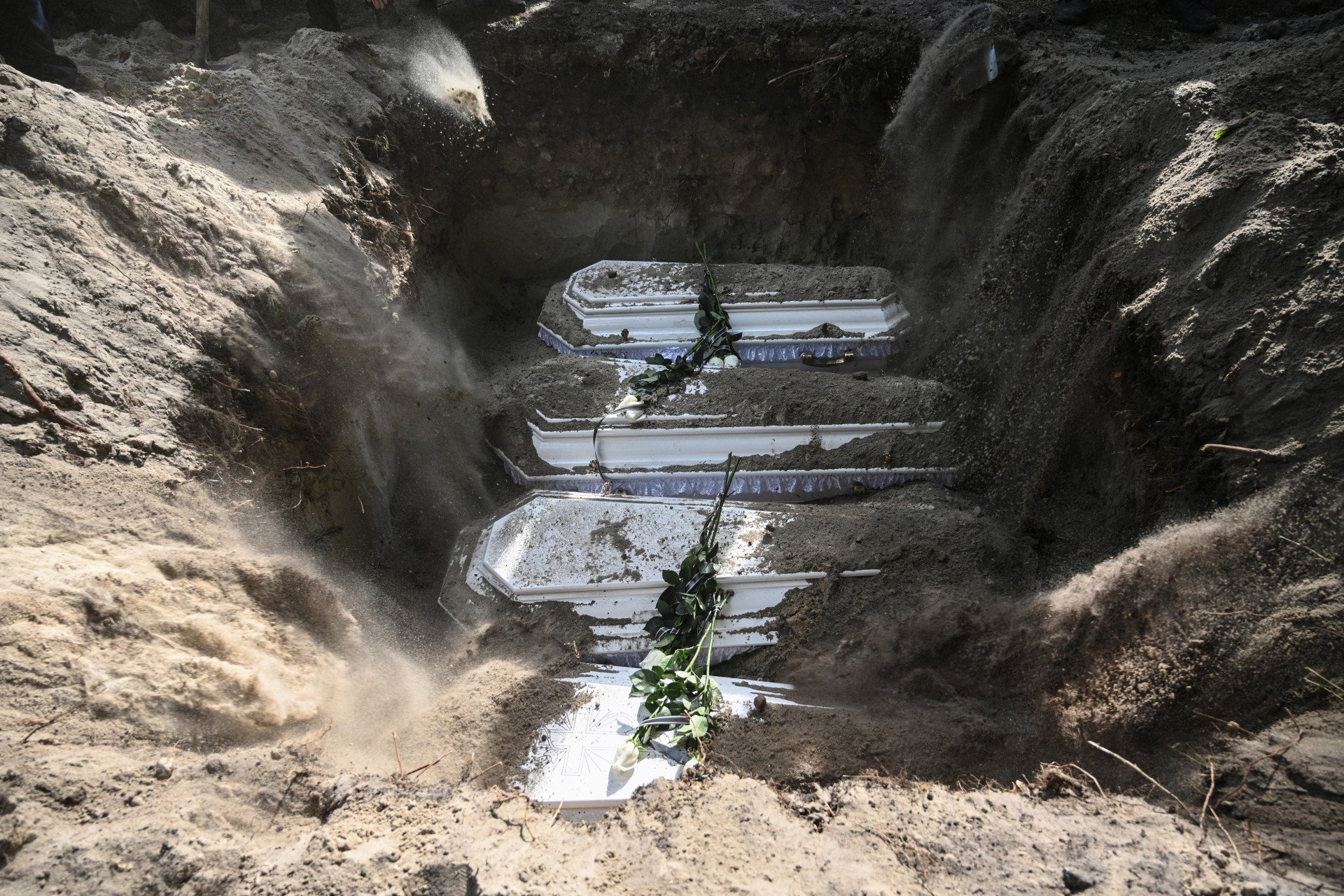
Russia shows no restraint in its bombing campaign against Ukrainian cities. Just throughout August and September 2024, Ukraine has faced Russian airstrikes every day.
Since Russia’s full-scale invasion began on February 24, 2022, the Office of the United Nations High Commissioner for Human Rights (OHCHR) has confirmed 35,160 civilian casualties. Russian attacks follow a pattern: targeting Ukrainians at their most vulnerable. Night bombings and strikes on significant dates aim to terrorize and inflict maximum psychological damage on the population.
Western officials have taken note. The U.S. Embassy in Kyiv warned on August 21, ahead of Ukrainian Independence Day, of heightened risks from Russian drones and missiles during the holiday. Ukrainian officials now regularly remind residents to be extra vigilant during air raid alerts on festive days. The constant state of fear is a weapon that can be as powerful as the missiles themselves.
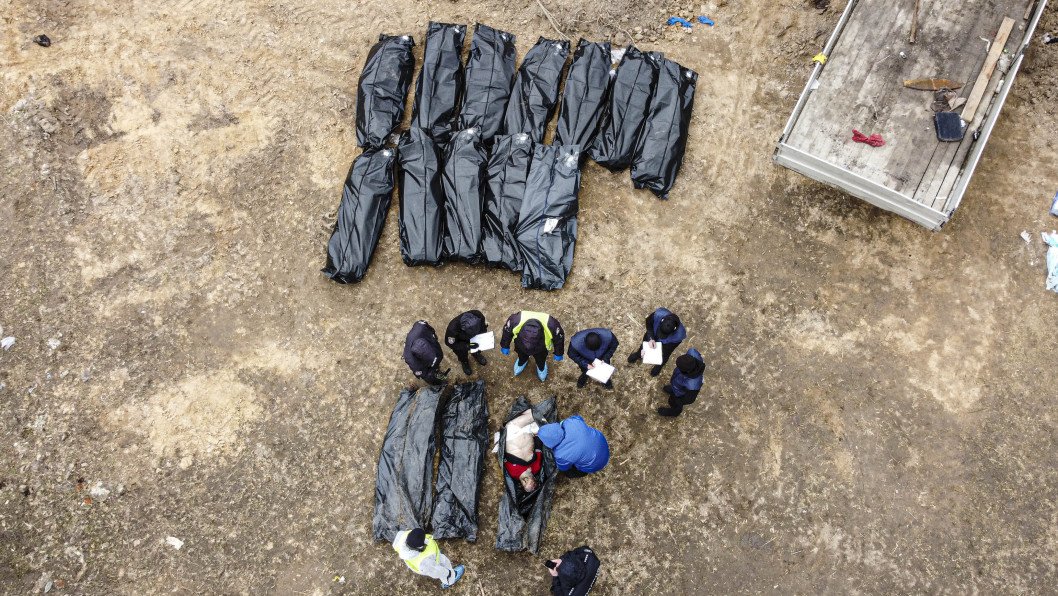
During both Catholic and Orthodox Christmas, while Ukrainians gathered in celebration, Russian forces launched aerial attacks. One assault killed five people in Kherson and another—eleven in Pokrovsk, including five children. The New Year brought further devastation as Russia fired missiles and drones on December 31, January 1, and January 2, killing nearly 70 and injuring at least 360 people.
"When I was cooking our festive meal, the night before and tonight, I had to shelter in the bathroom," Kharkiv native Kateryna Talpa said in a video message on New Year’s Eve. "The drones were right above our home."
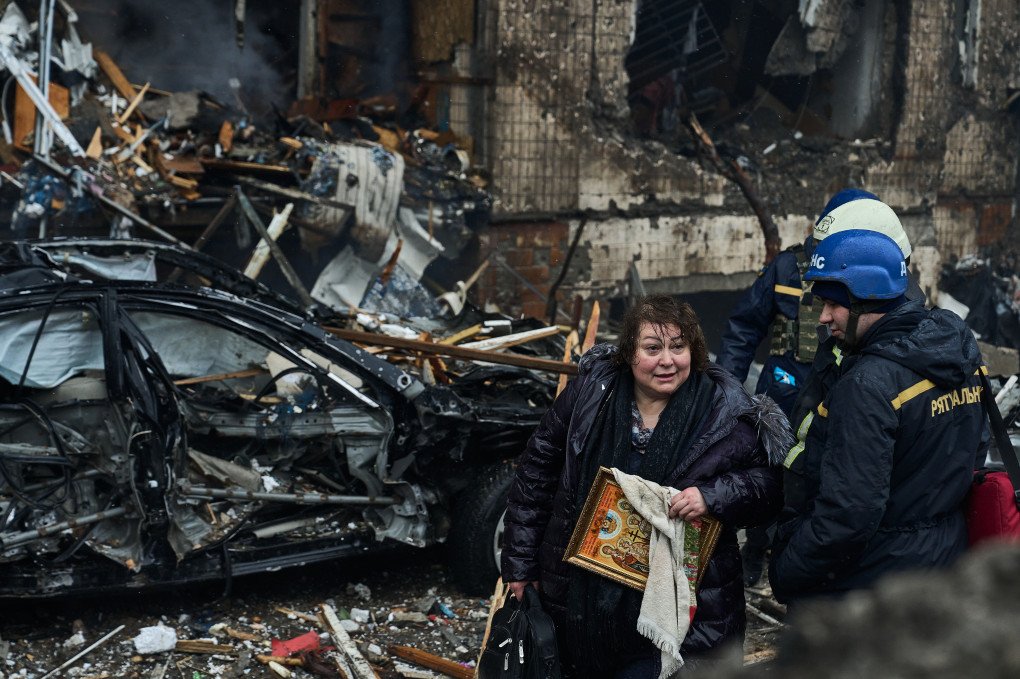
The violence continued into the new year. Russian attacks on Orthodox Easter Sunday killed several and injured many more. On Ukraine’s Independence Day, Russia struck Ukrainian anarchist fighter Nestor Makhno’s historic home in the Zaporizhzhia region and caused deaths in Donetsk and Sumy regions. On September 2, the first day of school, Russian missiles hit Kyiv with around 20 cruise and ballistic missiles, targeting families preparing for the academic year. Many Ukrainian children now attend classes in bomb shelters.
“Mom, when will I finally go to school?" asks Lev, a third-grader who spent the last year studying underground at the "University" station in the Kharkiv metro. His mother has heard this question nearly every day in the week leading up to the new school year.
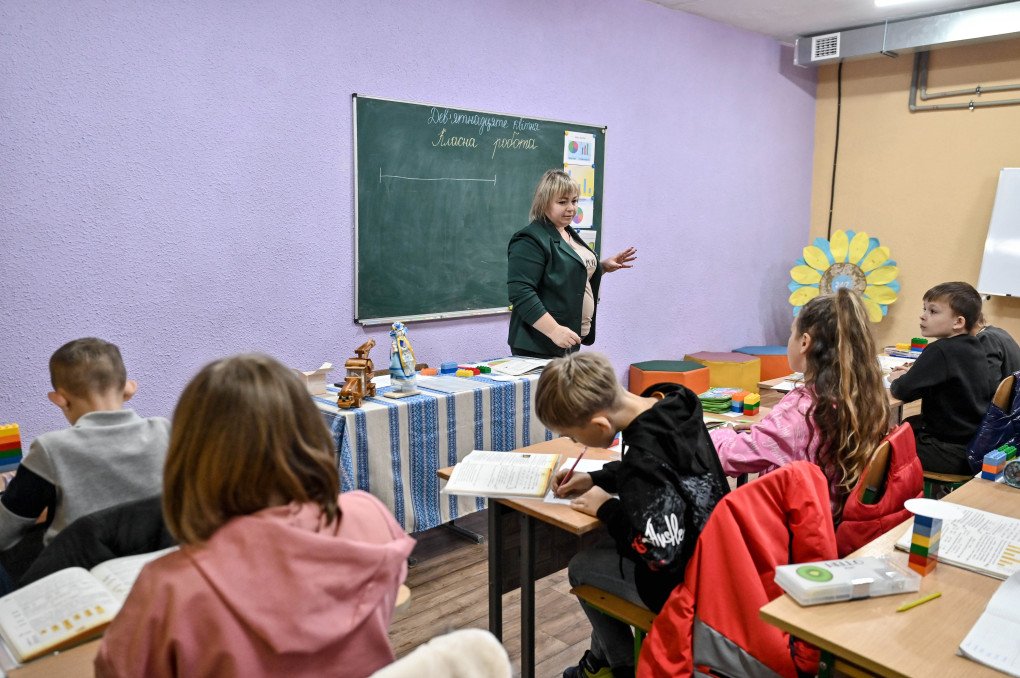
Ukrainians have grown accustomed to waking up to air raid sirens and explosions, as Russia often strikes at night. Recently, a night-long assault using Shahed drones kept Kyiv residents awake for nine grueling hours. Despite Ukrainian air defenses shooting down many drones, intercepting ballistic missiles is much harder. With few Patriot systems, Ukraine struggles to cover its entire sky, leading to tragedies like the one in Poltava, where two Russian Iskander missiles struck an educational institution, killing over 50 and injuring more than 300 people in under three minutes. The recent horrific attack on Lviv’s residential area happened around 5 a.m., upending the lives of a family of five, leaving only the father as the lone survivor.

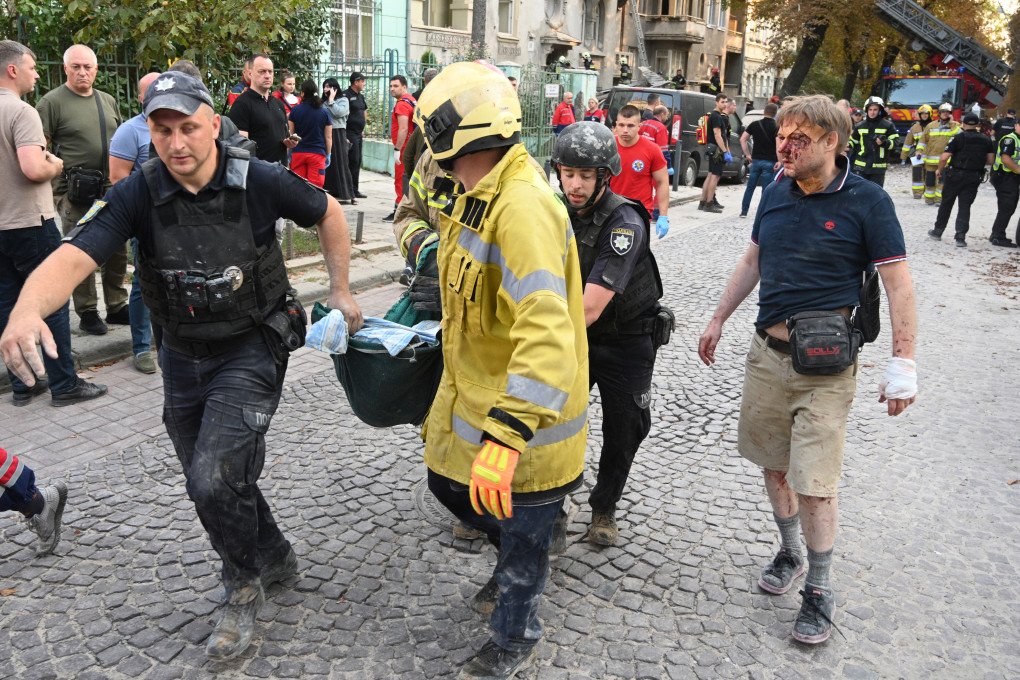
Russia also employs a tactic known as the “double-tap” strike. On April 3, Kharkiv was hit by a swarm of drones, followed by a second strike when rescue workers arrived, killing three. A similar tactic was used in Zaporizhzhia, where Russian missiles hit the city, and another round of strikes followed, targeting rescuers and journalists. This method, used in Syria and now in Ukraine, aims to maximize civilian casualties and suppress resistance. It inflicts severe psychological trauma on survivors and eliminates those who might offer aid.
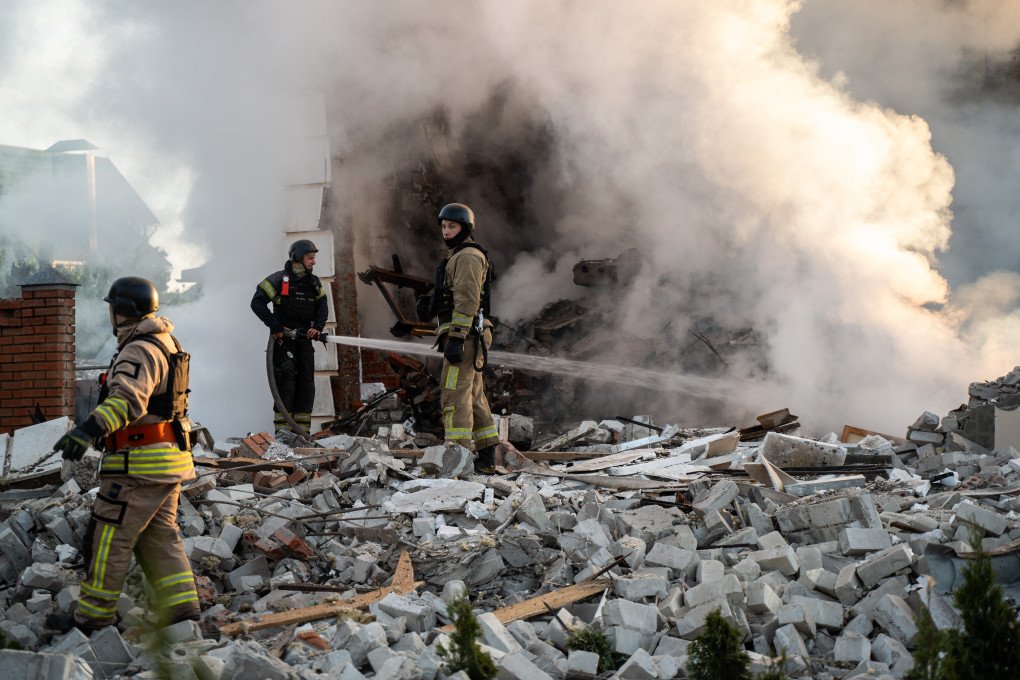
Russia often favors weekends for devastating strikes. On Saturday, May 25, a Russian missile hit Kharkiv’s Epicenter supermarket, a busy time for weekend shoppers. Mondays are also grim, with Russia reserving many of its attacks for the start of the week. On July 8, a missile destroyed Ukraine’s Okhmatdyt Children’s Hospital, killing over 44 people.
“It was absolute chaos,” said Tanya Lapshina, a nurse at the neighbouring trauma department where the blast ripped off the facade. “The children were panicked, crying in the bunker. There are no words for this. It’s awful. I’m still shaking.”
“Many of Russia’s attacks in Ukraine have resulted in immense civilian loss and harm, and the July 8 attacks only added to that horrendous toll,” said Tirana Hassan, executive director at Human Rights Watch.
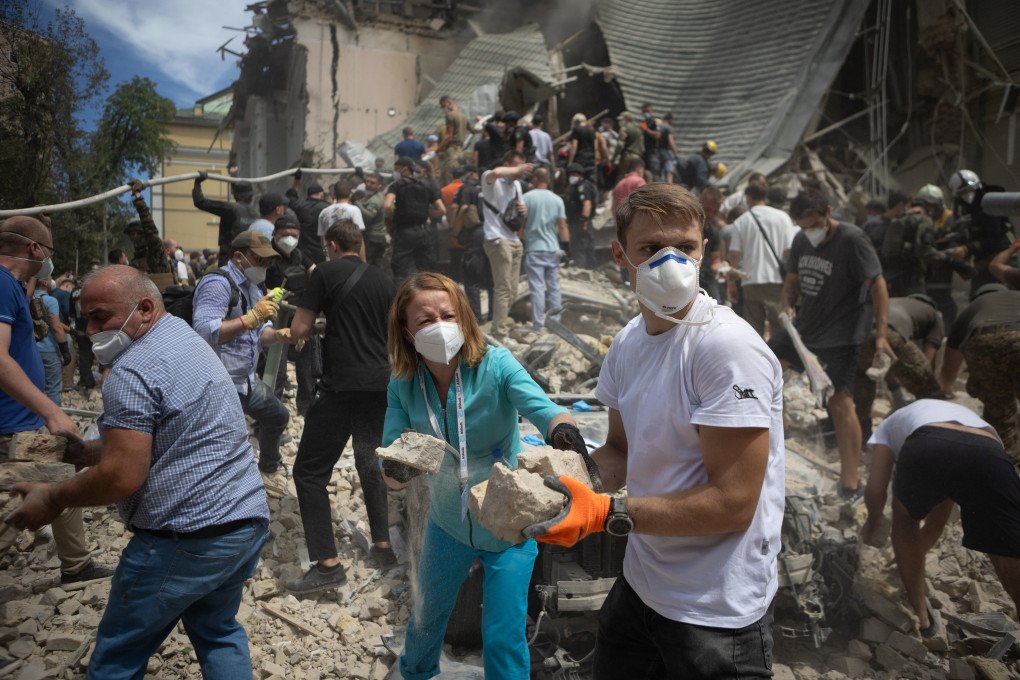
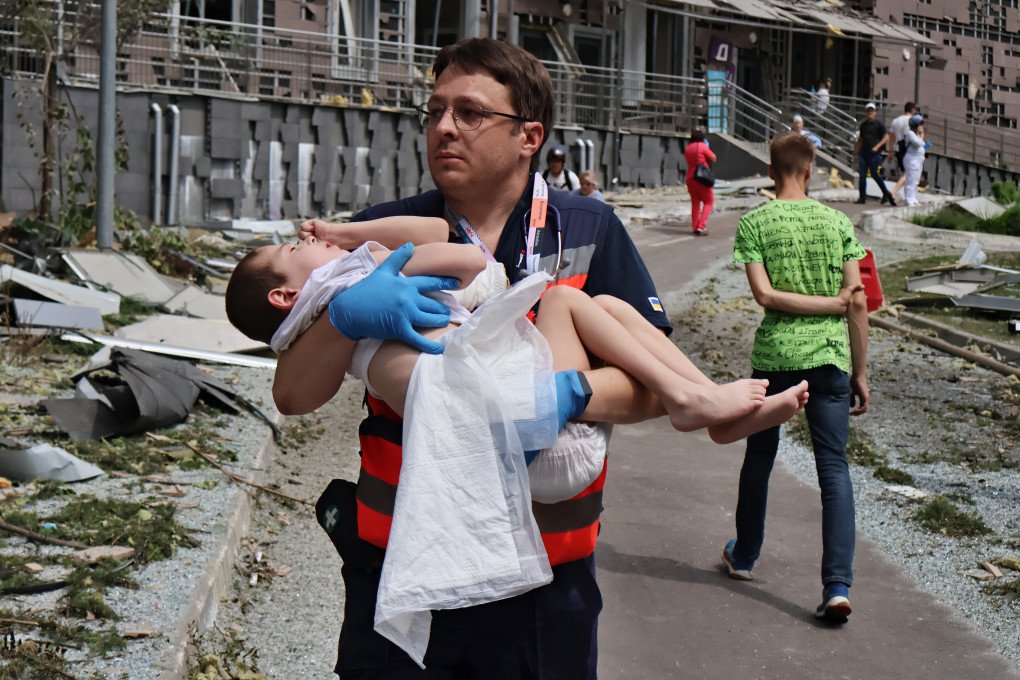
Russia destroyed at least 1,736 medical facilities in Ukraine since February 2022. Every Ukrainian remembers the first shock of March 9, 2022, when a Russian bomb struck Mariupol’s Hospital No. 3, damaging maternity and pediatric units and killing and injuring patients and staff.
The most recent Russian Monday attack happened on August 26 and was the largest yet, involving 236 missiles and drones, hitting Ukrainian energy infrastructure across 15 regions and leaving many without power and water.
"Russia’s strikes against Ukraine’s energy infrastructure have grown in efficacy, and are now in danger of achieving the Kremlin’s goal of a total blackout in Ukraine,” the Royal United Services Institute (RUSI) said. “Russian strikes had cumulatively destroyed 9 gigawatts (GW) of Ukraine’s domestic power generation by mid-June 2024. Peak consumption during the winter of 2023 was 18 GW, which means that half of Ukraine’s production capacity has been destroyed”

Next winter is expected to challenge the Ukrainian people in ways not seen in Europe since World War II.
“I already survived World War II, so I have some experience,” said 87-year-old Inna from Odesa. “I bought some candles and I wish we win this war as soon as possible.”
This calculated timing aims not just to cause physical damage but to demoralize Ukrainians and undermine their resistance. By striking when Ukrainians are most vulnerable, Russia hopes to instill deep fear and uncertainty, further weakening their resolve.

-c42261175cd1ec4a358bec039722d44f.jpg)
-46f6afa2f66d31ff3df8ea1a8f5524ec.jpg)
-6359eca46c72bde40a90abaaadd6eaa8.png)
-29a1a43aba23f9bb779a1ac8b98d2121.jpeg)


-206008aed5f329e86c52788e3e423f23.jpg)